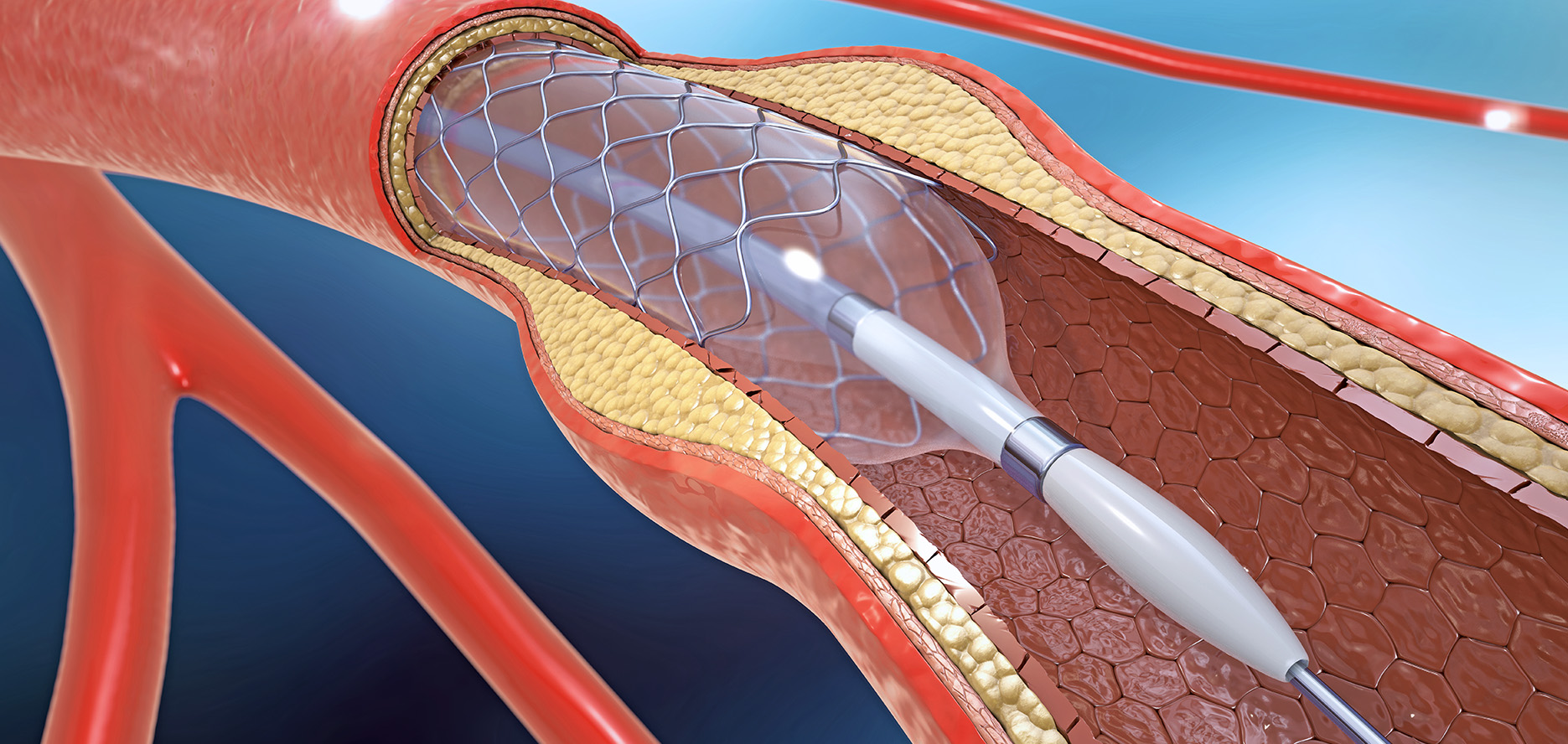Patients undergoing coronary angiogram procedures for acute coronary syndrome (ACS) may experience significantly lower risks of major bleeding and death when the interventional cardiologist accesses the heart through an artery in the arm rather than the groin, according to groundbreaking research presented at the American College of Cardiology’s 64th Annual Scientific Session. The study, conducted across four European countries, challenges the current practice in the United States and advocates for a re-evaluation of clinical guidelines, urging the arm to become the preferred approach for most catheter-based heart procedures.
Coronary Angiogram Procedure
Coronary angiogram procedures are performed on over one million people in the United States each year. During this diagnostic intervention, interventional cardiologists examine the heart’s arteries using miniature medical equipment threaded through a catheter. This catheter is typically inserted either in an artery in the groin or the arm. If a blockage is identified, the cardiologist employs the same catheter to perform angioplasty or stenting, addressing the obstruction and restoring proper blood flow.
Study Overview
The 2015 study, involving more than 8,400 angiogram patients across 78 interventional cardiology clinics, randomized participants to receive the procedure via the arm or the groin. All patients had acute coronary syndrome, encompassing ST-elevation myocardial infarction, non-ST elevation myocardial infarction, or unstable angina. The key findings indicated that patients undergoing radial access (arm) experienced a lower combined risk of major bleeding, death, heart attack, or stroke within 30 days compared to those receiving femoral access (groin). The primary contributors to this difference were major bleeding and death.
Results and Implications
Patients receiving radial access had a 9.8% incidence of adverse events compared to 11.7% in those with femoral access. Major bleeding occurred in 1.6% of radial access cases versus 2.3% with femoral access, while death rates were 1.6% and 2.2%, respectively. Although the study did not meet its co-primary endpoint for a composite rate of death, heart attack, or stroke, the secondary endpoint, which included major bleeding, demonstrated a significant reduction in risk for arm access.
The lead author, Dr. Marco Valgimigli, emphasized that the evidence from the study should prompt a shift to the radial approach as the preferred method. Dr. Valgimigli expressed hope for a new generation of interventional cardiologists to receive specific training in radial access, fostering expertise in this procedure.
Global Disparities and Cost Considerations
Notably, the study highlighted a substantial difference in practice between the United States and Europe. In the U.S., less than 15% of catheter-based heart procedures use the radial approach, while in Europe, the arm is employed in approximately half of the cases. The study suggests that experienced interventional cardiologists have much to gain from using the radial approach, not only in terms of improved patient outcomes but also in potential cost savings due to quicker recovery and shorter hospital stays.
Challenges and Expertise
Traditionally, cardiologists working in interventional cardiology clinics favored the femoral approach due to the larger artery’s lower susceptibility to spasms, which could impede the movement of medical equipment through the catheter. However, the radial approach, despite the smaller artery size and technical difficulties, demonstrated better patient outcomes in the study. The research underscored the critical role of the hospital’s experience with the radial approach, with a suggested minimum of 80% utilization for optimal benefits.
Final Thoughts
In conclusion, the study marks a significant advancement in understanding the advantages of radial access for coronary angiograms in ACS patients. The evidence presented suggests that the arm should be the preferred access point, challenging conventional practice and potentially reshaping clinical guidelines. With the right expertise and increased adoption of the radial approach, interventional cardiologists can enhance patient outcomes and contribute to a paradigm shift in catheter-based heart procedures. Contact Advanced Cardiovascular Center for more details today.
Reference:



